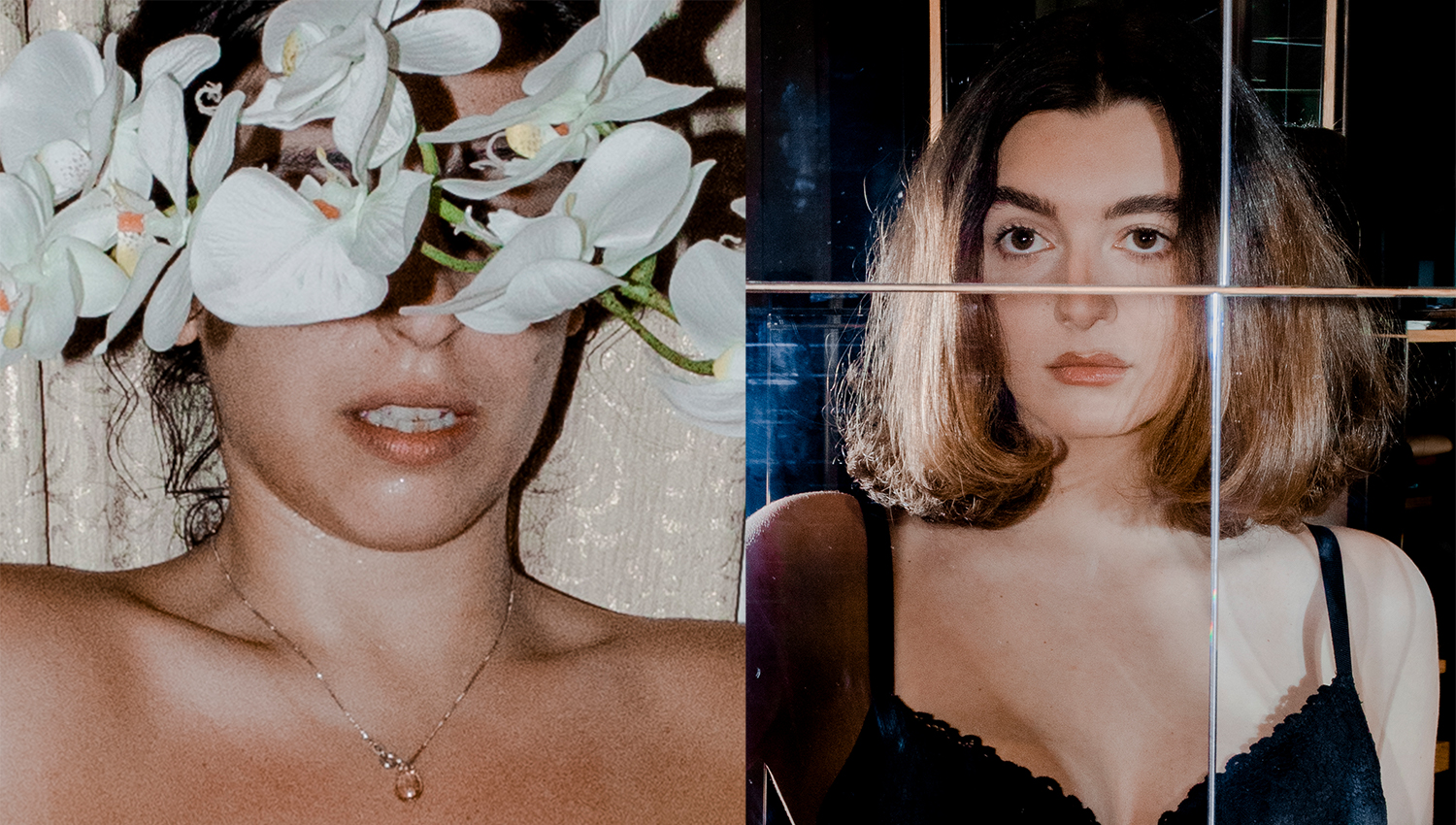Fresh off a talk with fellow photographers Alec Soth and Sabiha Çimen — one of several events hosted during Berlin Photo Week — Myriam Boulos took a break at the entrance of Jetzt: Magnum Photos at Reinbeckhallen. The exhibition (on view until November 27th) is a group show of 17 photographers’ contemporary work, all of whom belong to prestigious photography agency Magnum, where Myriam is in the process of becoming a full-fledged member. At Jetzt, her series is a sampling from Sexual Fantasies, a sensitive, empowered, and in-progress collaboration mixing photographs with texts that vocalize female desires and explicitly resist gendered expectations.
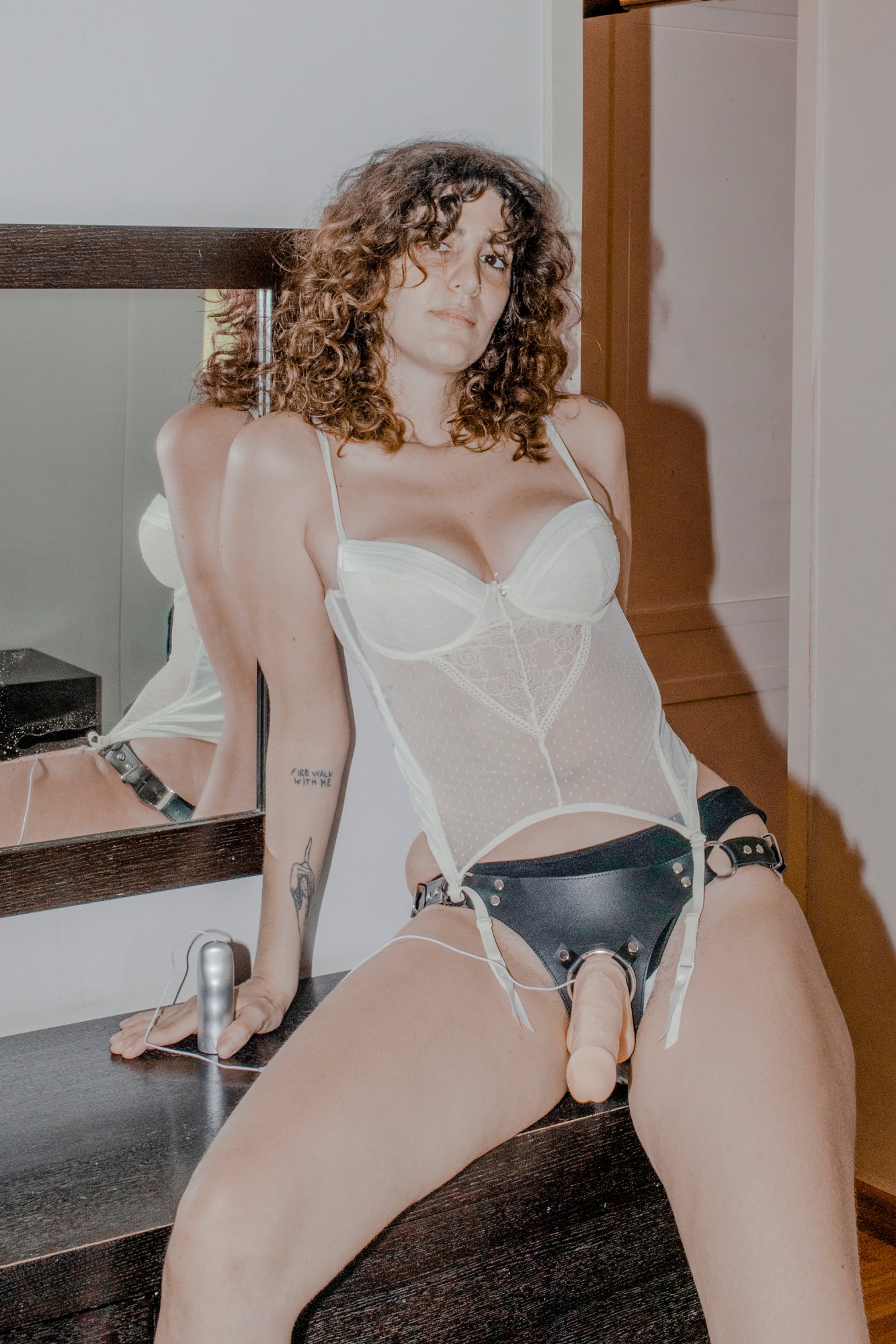
Myriam has just been selected as a 2022 FOAM Talent (amongst the 20 finalists showcased in Amsterdam in an exhibition that opened earlier this month), and her work will be part of Close Enough: New Perspectives from 12 Women Photographers of Magnum (opening at the International Center of Photography on September 30th). Ahead of that, we discussed the relationship between words and visuals, taking some distance from the upheavals in her native Lebanon, and the vexing movie scene that has nothing to do with fantasy.
What first led you to photography?
As a kid, I used to draw and play the flute—I thought I was going to go in one of these directions. When I was 16, I met a girl who became one of my closest friends, and she had this sophisticated camera. I was like, I want the same. My parents were like, No. My mom told me that I had to develop my gaze before getting an expensive camera.
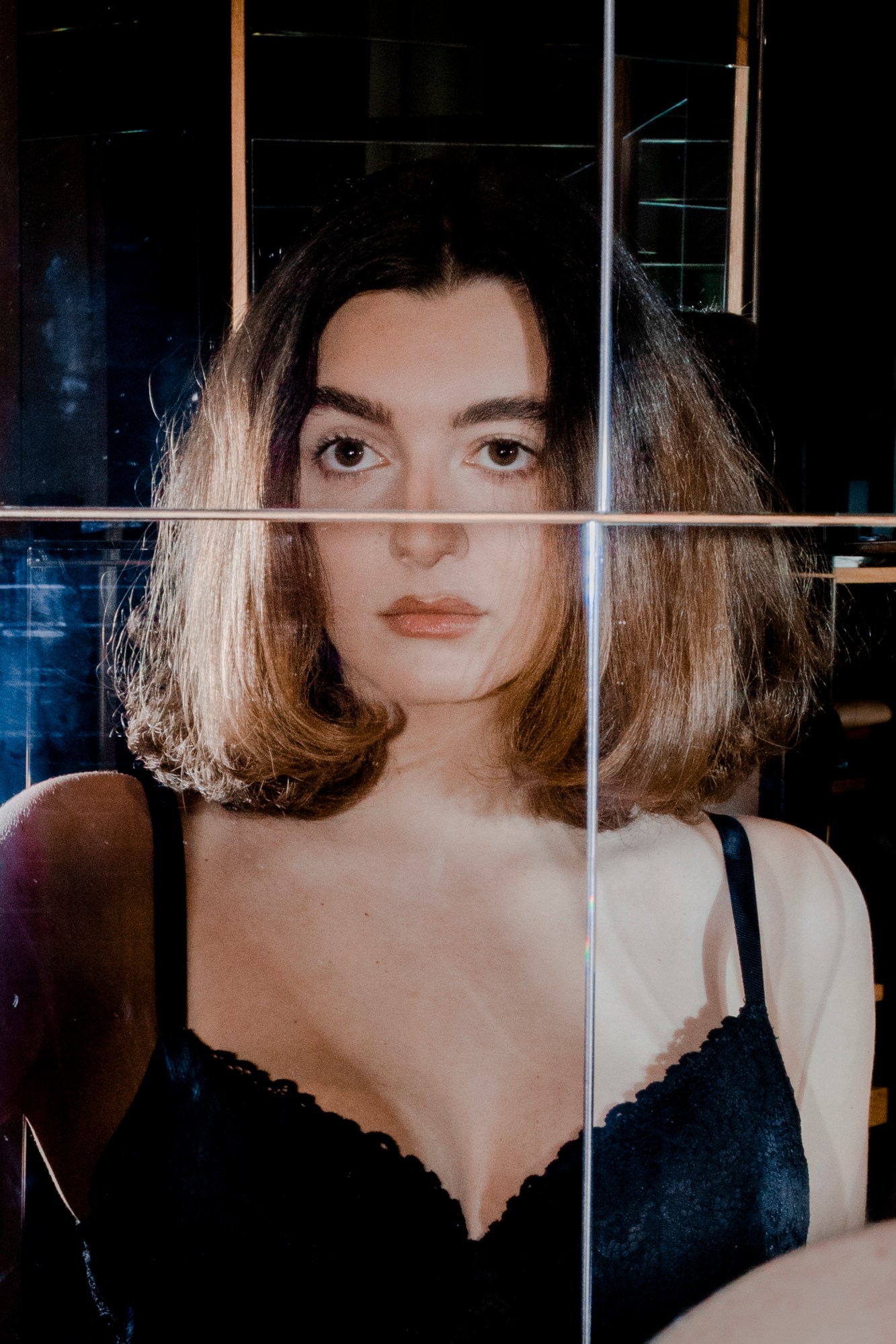
Wow! That’s powerful guidance.
She couldn’t have been more right! I have to say that my first images were horrible. I used a lot of contrast, to the extreme. And I was using this tiny camera, which was not helping me. But the essence of things was there. I would meet people and photograph them, and I would photograph my family. I was very annoying. At some point, they were like, Please stop taking pictures of us. And now they’re like, Why aren’t you taking any?
I’m a very shy person, but I’m also fascinated by people. With photography, I get closer to people: it’s a way of creating encounters. It’s the perfect medium for me, because I always feel like I’m kind of disconnected from reality, and photography is a way of concretely getting closer to reality.
It’s a way of being really present.
Exactly. It’s a way of taking space and being present through images. It’s a way of living things in real life, in an intense way, and then retracting and processing things on my own, slowly, at my own rhythm. Since my very first picture, I’ve mixed documentary and diary.

Can you talk a bit more about that hybrid?
From the first pictures I took, it was a way to question society and my place in all of this. It’s always a way of looking for myself. At first, I used to kind of ‘use’ other people, to stick my own vision of things onto them, which is not okay. With time, I became much more interested in the encounter: everything that happens in the life of the person and in my life–how both meet at this moment. It creates something magical.
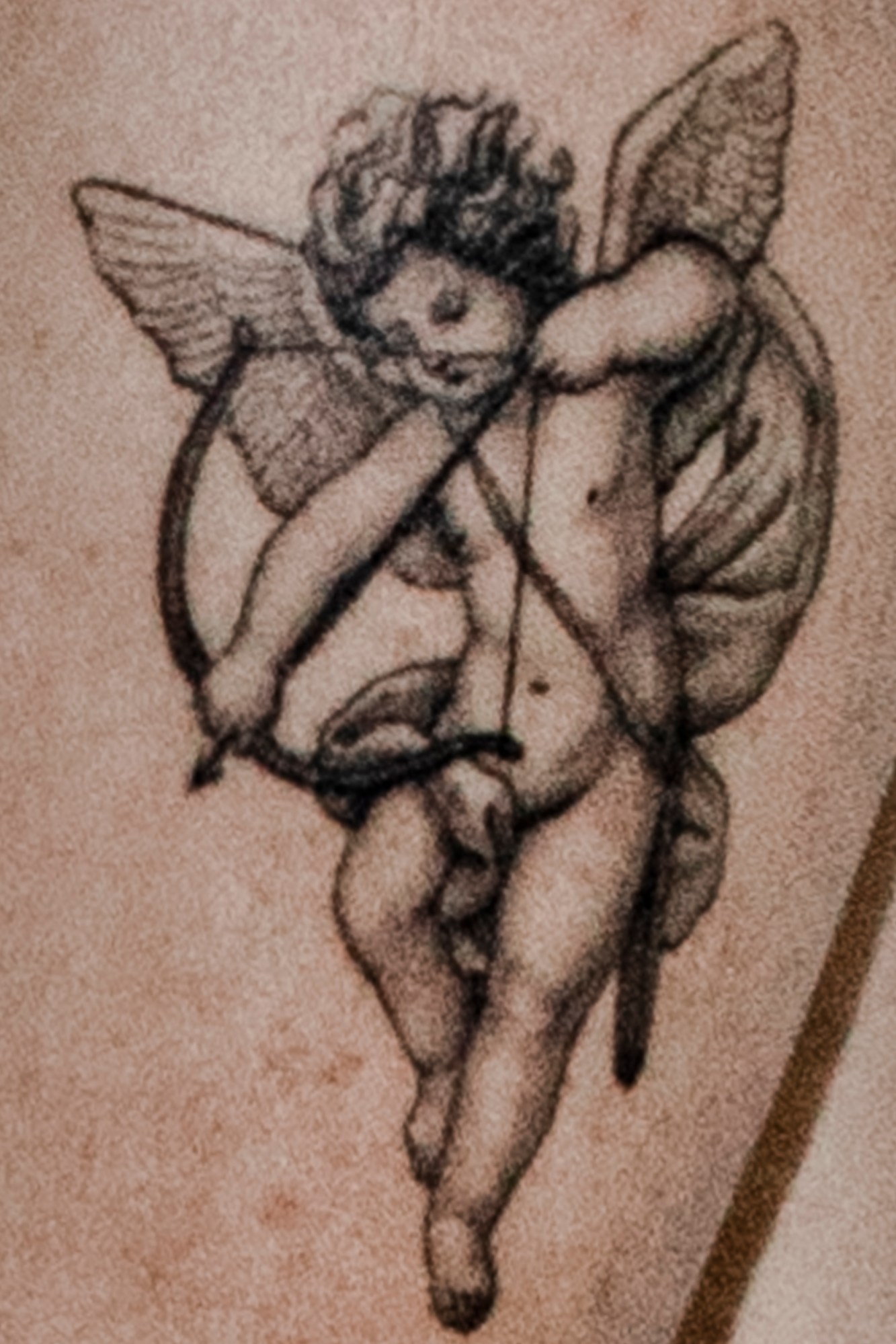
Then, in 2018, I started a project called Tenderness that is ongoing—a forever project. I started taking pictures of people in their intimate space, because I was looking for tenderness in this world that is based on destruction—especially in Beirut.
And then the revolution happened in 2019. And my approach changed: I started adding my diary and fragments of conversations I had with people in the images. With the text, my work became less binary, more circular. It makes sense with the images. And then the explosion happened, and my approach changed again — I used to take very dynamic images with a lot of elements in them. After the explosion, I took a step back and started centering the people I photographed. I documented the repercussions of the explosion in an intense way. It’s this hyperreality, this unbelievable thing, like: I thought I was going to die in the explosion… why the fuck am I still here? I documented the explosion in a very intense way. Two years were wholly about Lebanon; I accepted being a victim of circumstances.
At some point, to be able to survive, you just have to find ways to cope with things. I decided I wanted to focus on something not imposed by the situation in Lebanon — that’s in me. I’d been wanting to work on the Sexual Fantasies project since I discovered my own sexual fantasies, like 10 years ago. I simply posted a call-out on Instagram, saying if you identify as a woman, and you want to share your sexual fantasies, email me. For Sexual Fantasies, before and after the photo, there were super long conversations. I ask every person to send me a message, in which they tell me: I want to be represented like this—this is what I want to show, or hide. Although I’m not pretending that I give them everything!
This is the first time this work has been exhibited, here in Berlin.
In an exhibition format, yes — but it has been published before, in the first issue of Al Hayya [the Beirut-based bilingual feminist magazine Myriam co-founded].
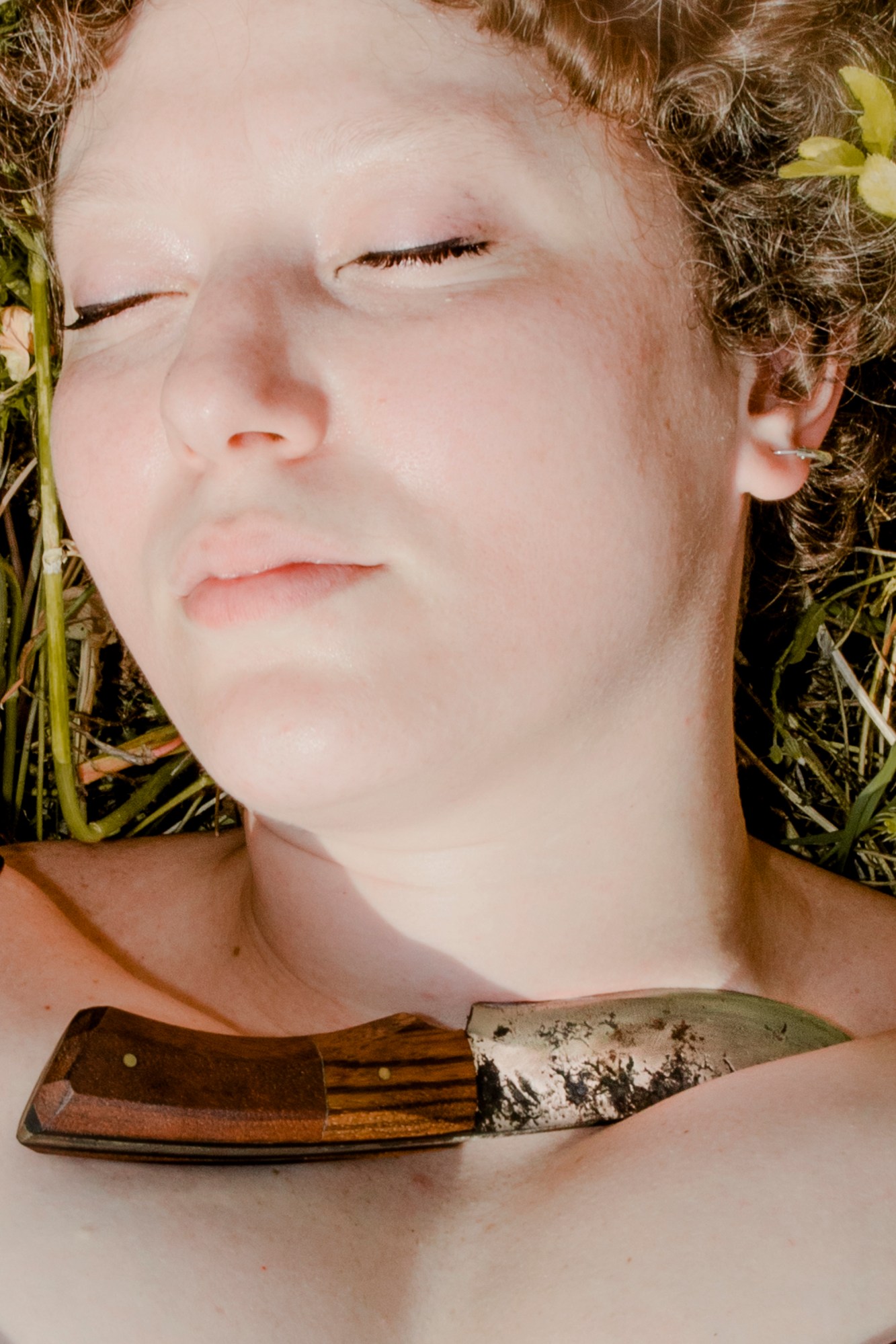
Within the exhibition, I noticed right away that your work had the most gravitational pull—people were lingering.
That sexual fantasy should be ‘bottled up’ has been normalized, and we don’t even realize that it’s not okay. When we put words on it, put images on it, it’s like: Oh, wow. When you’re at the therapist, and you want to say something, but then you stop and they’re like, No, what did you want to say? This changes everything.
I wanted to discuss the wording of your call-out. It’s wonderfully open.
The language is very simple, as if you’re talking to a friend—or having this conversation, like we are. It’s not academic. This is what I’m looking for: normal conversations. Each person uses their own way of expressing themselves to say what they want.
The definitions people apply to gender identity are more and more expansive. How varied have the responses been?
I’ve mostly had cis women respond. There was one non-binary person who spoke to me in Berlin, and one in Lebanon, so far. I’ve also worked in Paris. It’s actually whenever I travel. I want to hear different answers… I want to put this out there and be sensitive, and non-triggering.
What I do is: I start a conversation with everyone who writes to me. Some work out, or not – just logistically. Someone I was supposed to photograph yesterday didn’t send me her text. I tried not to be too rigid about it, but I met with someone before who was not comfortable talking about fantasies in real life. So it makes things much easier to have a text.
It helps establish the basis of the shoot.
Yes, exactly. There is no pressure—I’m not going to publish it without their consent! It’s a starting point.
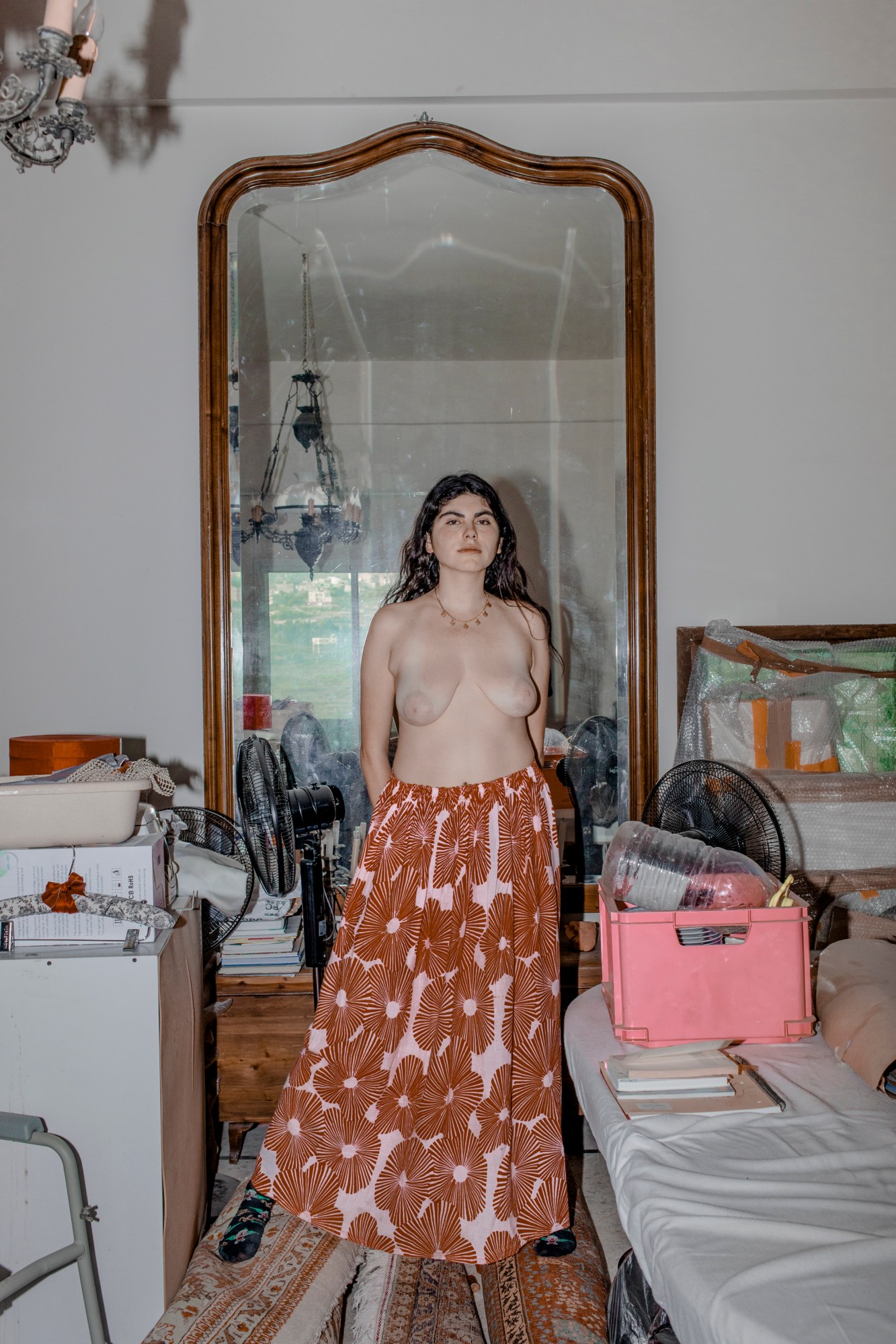
What is a sample directive you’ve had lately?
There was one person who contacted me a few days ago, and she was like, my fantasy is an encounter in the Metro, locking eyes with a person. I was like, oh, but that’s literally the first scene of the movie Shame. In the movie, it’s super problematic… Not the addiction to sex part; rather, his approach towards women really bothered me, and I did not understand why. I watched it again with a male friend—he was telling me it’s one of his favorite movies. He thought the pursuit in the Metro was romantic. But the girl adjusts her dress because he’s looking up her legs, and then there’s a zoom on her engagement ring because he’s touching her hand and she doesn’t want him to.
Men don’t ever seem to analyze these situations with the same understanding of… anything.
Every time I post the open call-out on Instagram, a lot of men tell me I want to participate. But just… sit in the back and listen.
Like, Your fantasies dominate everything already! Shut up!
But also every time I post images on social media—I love posting images on Instagram, I have this need to—a lot of men are like, This is very courageous. It’s frustrating how people reduce posting a selfie where I’m showing skin to being ‘courageous.’ I’m like: No, I just want to pose, I feel cute today. It’s not political! Just be like, Good for you, and make it very casual.
Is there an ideal setting for you to present the Sexual Fantasies series?
In the streets—that would be so amazing! The work is made to be shared.
Credits
All images courtesy of Myriam Boulos
